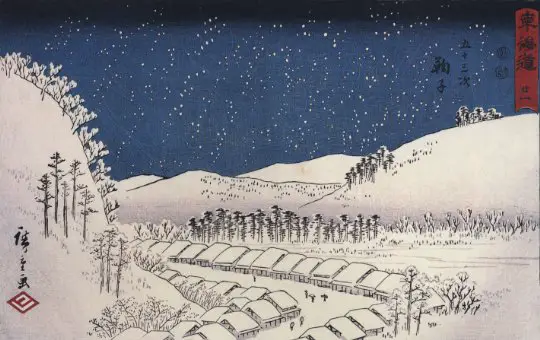The English language, as I’m sure everyone who is reading this will know, has produced some pretty incredible works of literature. From Chaucer to Steinbeck to Stephen King, as a language it has done pretty well for itself, with English materials really dominating the world literature scene.
But we should not neglect the literature of other cultures and languages. As a historian I’ve always been fond of literature because I believe that language and words are in many ways the gateway to a culture, and a culture’s literature can tell you a lot about how a particular country sees the world or their place in it. Personally, I am very fond of literature outside of Europe, particularly from Asia, as it is just wildly different from most things that Westerners usually read.
So, in the spirit of trying to embrace different world-views (and read a bunch of good books before school really starts to kick into high-gear!), I’ve compiled a list of some of my favorite works of foreign literature.
1. “The Wind Up Bird Chronicle” by Haruki Murakami
Murakami is perhaps one of Japan’s finest exports; his work is absolutely phenomenal and the English translations of his books are always very well received, to the point where the author himself has suggested that he prefers them to the Japanese version. But I haven’t found nearly enough people into Murakami’s works, mostly because they think he’s “weird.”
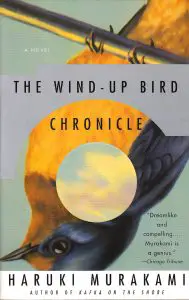
Well, this is probably his weirdest book, following the story of Toru Okada as he goes on a bit of an adventure trying to find his missing cat. I don’t want to spoil too much, but stuff gets pretty crazy, as per Murakami’s traditional style. But that shouldn’t put you off; it is beautifully written, and has a beautiful overall message. One that I wouldn’t dare spoil.
2. “Snow Country” by Yasunari Kawabata
Modern Japanese literature, generally speaking, has a sort of existential sadness to it. I’ve referred this book to a few friends, and one of them remarked after having finished it that he thought the ending “made everything pointless.”
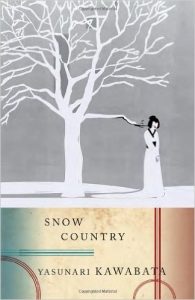
But I suspect that he missed the entire point of the book—this is not some happy, romantic tale, but a plot that was driven by raw emotion and anguish. And the translation is excellent – it perfectly captures Yasunari’s terse but powerful language that is just emblematic of his literary era.
3. “The God of Small Things” by Arundhati Roy
This is cheating somewhat, as with a lot of Indian literature, Roy writes in English. But she describes here something rather close to my heart—southern India—and the delights and dangers that come with living there.
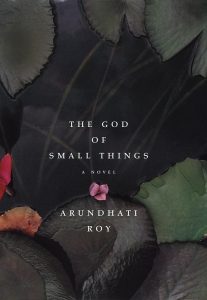
From religion to family to food, the book explores a lot of dynamics of Indian culture that people in the West probably aren’t very familiar with, and as a result it is just fantastic, though, I’m afraid, not particularly joyous.
4. “The Brothers Karamazov” by Fyodor Dostoyevsky
If you’ve not read Dostoyevsky…well, what you have been doing with your life?! Brothers Karamazov is not his most famous work—that probably goes to “Crime and Punishment”—but I believe it is his best.
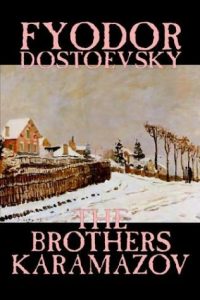
The novel really is a book for everyone, with a fantastically diverse cast of characters and hitting every theme you can think of, from religion to romance. The only problem you might is it, well, a bit long.
5. “Spring Snow” by Yukio Mishima
Yukio Mishima was a pretty troubled guy. He was, err, a little crazy in terms of his political views, even attempting to launch a coup in Japan before promptly failing and committing seppuku (you might not want to Google that). But regardless of his own personal faults, his work is utterly fantastic.
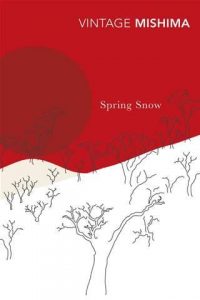
This book is the first in an absolutely beautiful series that really delves into how modern Japanese society, both before and after World War II, really struggled to reconcile its traditional Shinto-Buddhist roots with Western modernization. This is a tragic story, and indeed a tragic series of books, but it fits the persona of its author perfectly.
6. “Outlaws of the Marsh” by Shi Nai’an
Have you ever thought what the equivalent of, say, the Shakespearean works, are in East Asia? Well this is one of them. This is part of a collection of books called the “Four Great Classical Novels.” They are, as you could probably guess, really well regarded.
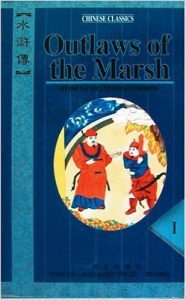
A lot of you have probably heard of “Journey to the West” (also known as “Monkey King”) or “Romance of the Three Kingdoms”—this is part of the same group of books, and in my opinion is even better. Ancient Chinese literature was very strange at times, and it was reflective, I think, of China’s extensive history and wonderful mythology.
Want to read something that is totally different from anything you’ve ever imagined and want to break the stereotype that the Chinese are not “very creative”? This is the one for you.
7. “Sword of Destiny” by Andrzej Sapkowski
Central Europe conjures up a pretty depressing image of Soviet-style buildings and whatnot, but I believe it is rather silly to stereotype an entire area as devoid of any rich cultural tradition. Poland in particular is often scapegoated in Europe as being boring and dreary, but Sapkowski proves that that stereotype is nonsensical.
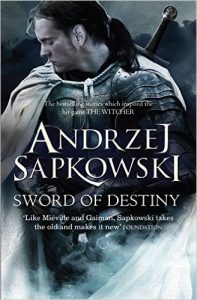
This is, and I kid you not, part of one of the greatest fantasy series of all times. In fact, you may have heard it from that one gamer friend of yours: “The Witcher.” The novel serves as a prologue to the events of the main series, and though my Polish friends have told me that the English translation cannot capture Sapkowski’s excellent use of grammar and dialects, it still reads very well. I am not joking here. This book is not to miss.
8. “Dream of the Red Chamber” by Cao Xueqin
As much as I love everything Witcher-related, however, this last book really takes the cake. This is my favorite book by far; it isn’t even close. This is the most contemporary, and best, of the “Four Great Classical Novels.”
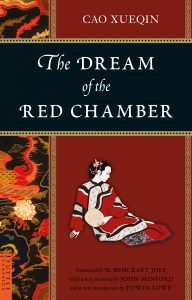
“Dream of the Red Chamber” is a book with a rather daunting length (depending on the translation you get it can be up to almost 2,500 pages), but every single chapter is a little story in and of itself. It tells the story of the downfall of the Jia family as a metaphor for the ailing fortunes of the Qing Dynasty; when Cao Xueqin published this work, the Qing were starting on what would shortly become a long but speedy decline, eventually falling prey to the Western powers and internal tumult.
The book tells that story but through the Jia family, particularly centering around the love-life and antics of main character, Jia Baoyu. What I love about this book though is the strong female cast. Though you may be put off by the, err, excessive amount of “romantic” scenes, as it were, the female characters in this book have really agency to them and really break the stereotype that “traditional” China was so much worse to women than the West in the same time-period. Read this book. It is brilliant on so many levels. Just make sure you get the right translation. John Minford’s “The Story of the Stone” edition is the best way to get your hands on this classic.
So there you have it. This is just a small dip in the ocean that is foreign literature – there are far too many authors and books to name, but just remember: The English language hardly has any sort of hegemony on good, creative writing.


